2. Who’s Afraid of DeSoc?
How Traditional Networks Cope
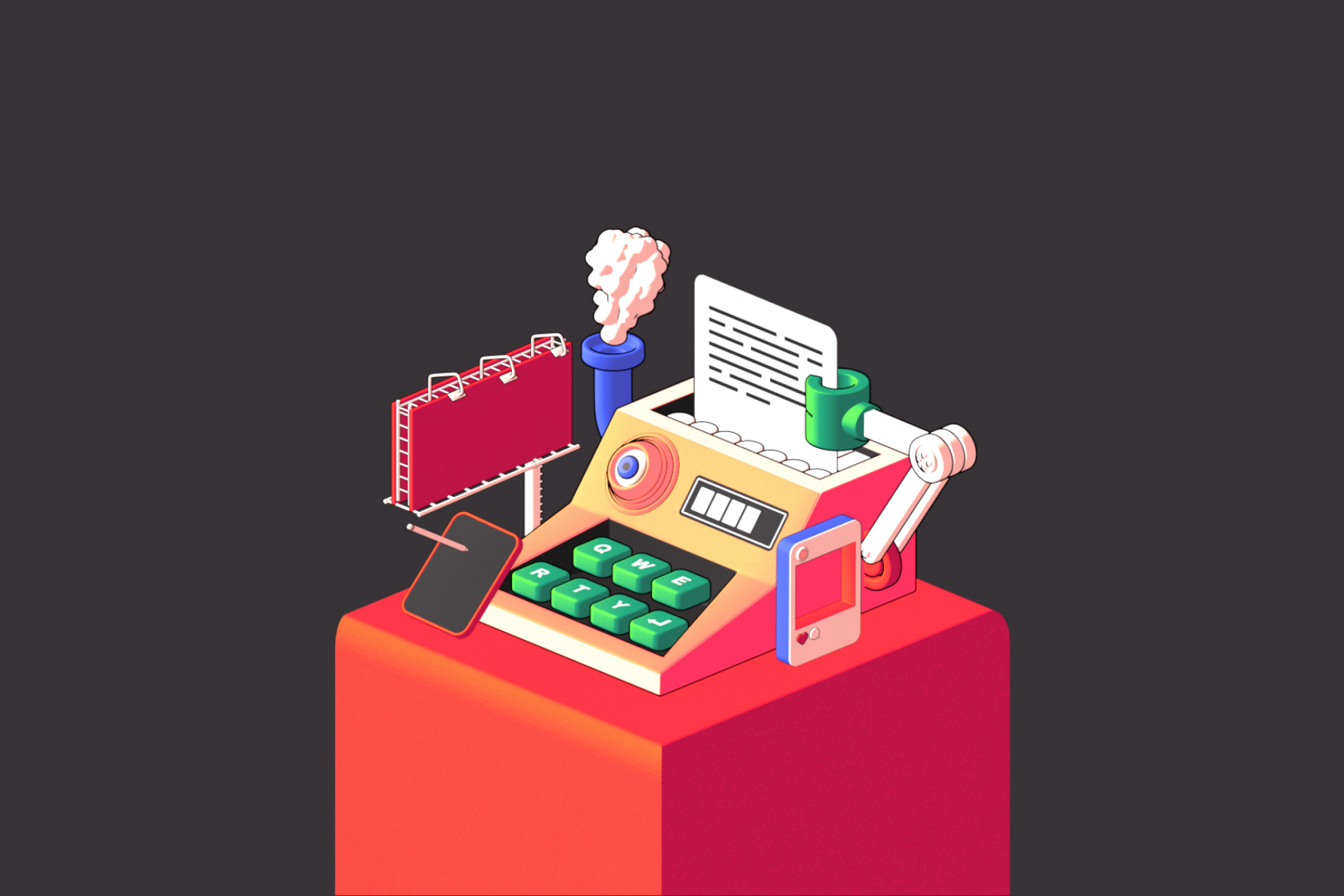
What You’ll Uncover in This Chapter
- Can DeSoc compete with Web2 giants? Examine if platforms like Farcaster and Lens can rival Facebook and TikTok.
- How is Web2 embracing Web3? Learn from successes and failures in integrating blockchain features like NFTs and tokenized communities.
- What sets Discord and Telegram apart? See how these platforms bridge Web3 functionality with massive user bases.
- What’s the future of social media? Discover how hybrid and fully decentralized models shape tomorrow’s digital interactions.
As we explore the transformative potential of DeSoc platforms, it’s clear that these Web3-native networks offer something fundamentally different and possibly superior to traditional Web2 social media. By enabling actual data ownership and direct monetization, DeSoc platforms represent a potential seismic shift in how we interact online.
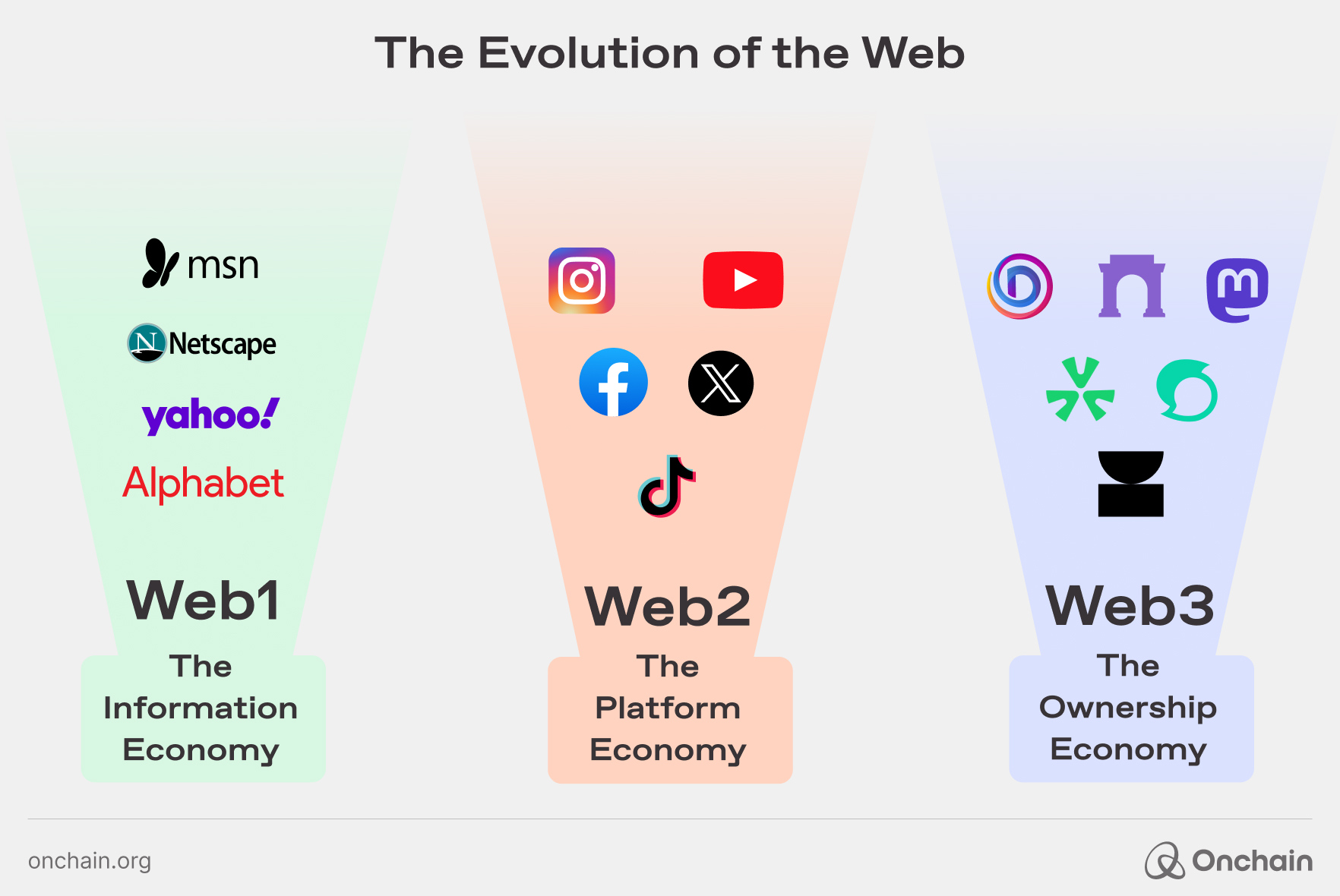
However, the big question remains:
Can DeSoc platforms truly disrupt the social media landscape, or are they destined to be niche players in a world dominated by Web2 giants?
While DeSoc platforms introduce significant advantages, the network effects of Web2 behemoths like Facebook, YouTube, and TikTok are deeply entrenched. These platforms have established massive ecosystems that connect billions of users.
Simultaneously, another critical question arises:
Will Web2 social media platforms adopt Web3 features to stay competitive, and how effective will these integrations be?
It’s clear that the Web2 giants aren’t standing still. Several have already begun experimenting with Web3 features, but can these platforms successfully integrate decentralized technologies, or will they always be limited by their centralized structure?
These are the points we’ll be discussing in this chapter. Some of our findings may surprise you; depending on your ambitions and expectations of social media, they will enable you to refine your perspective.
2.1 Web2’s Web3 ambitions: Are social media giants ready for the future?
The reality is that Web2 platforms are increasingly integrating with the Web3 ecosystem. Leveraging their open structures enables seamless interactions between users and blockchain technologies. These platforms, often key hubs for Web3 communities, are evolving to support decentralized features such as wallet integrations, direct onchain interactions, and token-gated access. These allow users to engage directly with Web3 functionalities.
For instance, Telegram has natively integrated the TON (The Open Network) blockchain and a Web3 wallet, allowing cryptocurrency transactions directly within the app. Meanwhile, Discord has become a hub for Web3 communities, facilitating everything from token-gated access to specific Discord channels to bots enabling direct onchain interactions.
Overview of Web2 companies’ Web3 efforts
You were already aware that these two networks have toyed with Web3 for a while. But they are not the only ones taking the initiative.
The table below offers a snapshot of these efforts and a glimpse into the varying levels of commitment and success in integrating Web3 functionalities.
We’ve marked the success of each project based on whether the feature is still integrated or has been removed, providing insights into the challenges and opportunities these giants face as they navigate the Web3 transition.
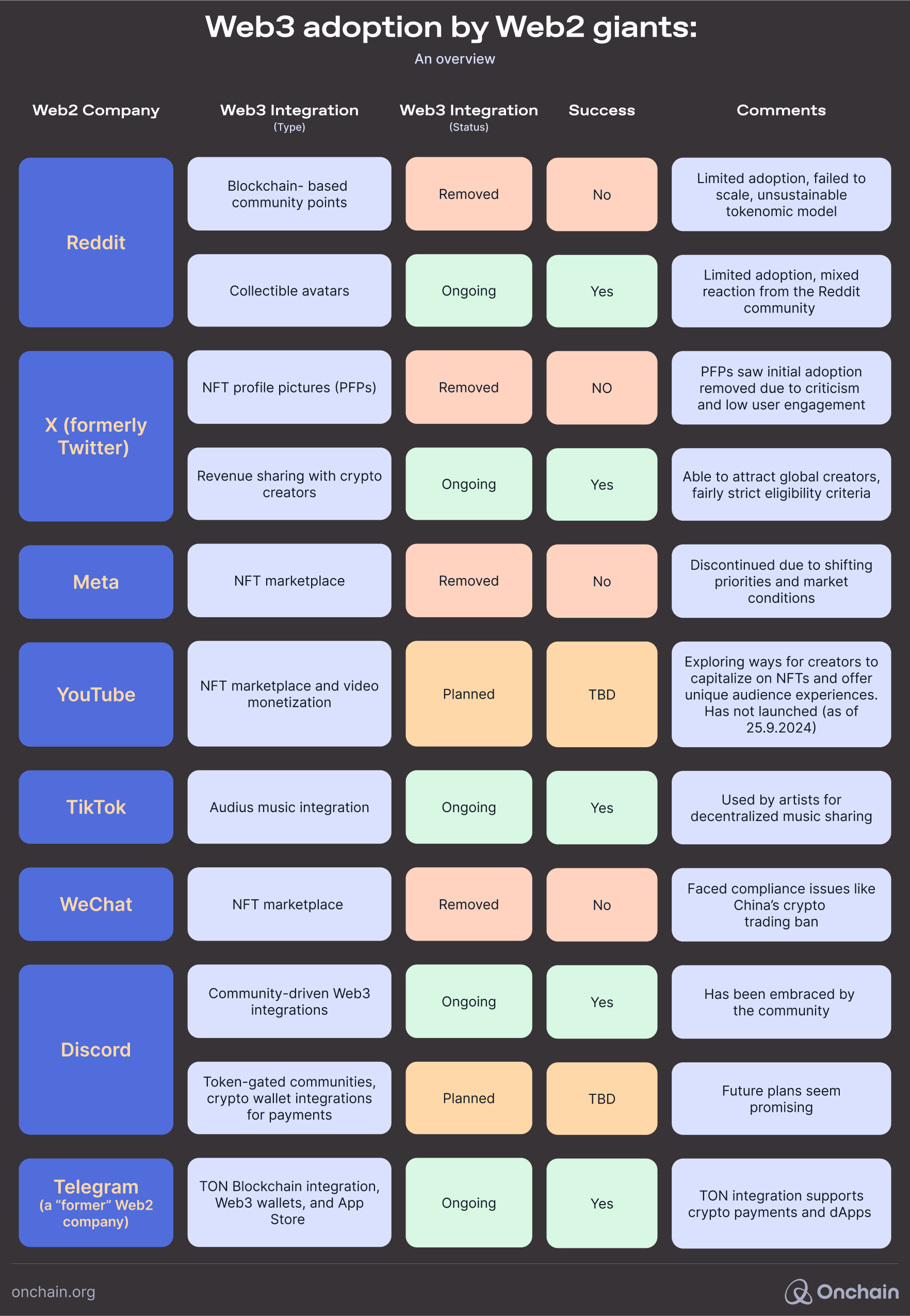
2.2 Successes and failures: Learning from Reddit, X, Meta, Discord, and Telegram
Both successes and failures have marked the journey of Web2 platforms into Web3. We can learn valuable lessons on how to integrate decentralized technologies. By analyzing the approaches of Reddit, X, Meta, Discord, and Telegram, we can better understand what works and what doesn’t when traditional platforms explore Web3 integration.
Reddit’s blockchain-based community points: An ambitious yet incomplete effort
In May 2020, Reddit introduced Community Points, a blockchain-based system to explore Web3 technologies. The goal was to boost user engagement by creating a decentralized and transparent reward system. Users could earn Community Points for their contributions to subreddits, and these points were stored on the Ethereum blockchain. They enabled buying memberships or voting on community decisions.
Challenges and reasons for failure
Despite its innovative concept, Reddit’s blockchain-based Community Points struggled to gain widespread adoption. The primary issue was that many users were unfamiliar with blockchain technology, leading to skepticism and hesitation. Furthermore, the feature was initially rolled out to only a limited number of subreddits, restricting its visibility and engagement potential.
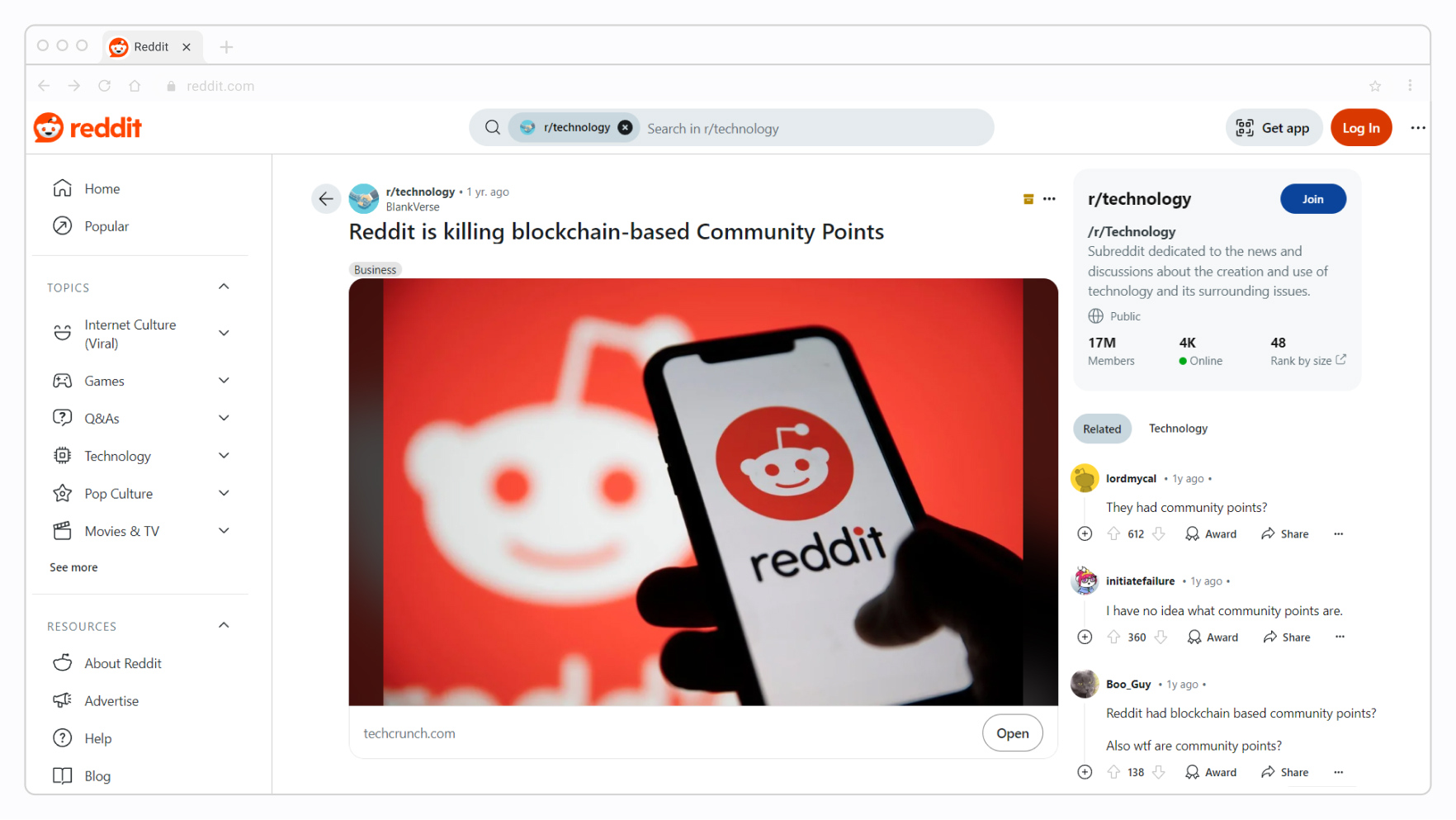
X (formerly Twitter) and Meta’s NFT integrations: Overhyped and underutilized
Both X, which was still Twitter at the time, and Meta ventured into Web3 by introducing NFT integration, aiming to tap into the growing popularity of digital assets. In January 2022, Twitter allowed users to set NFTs as their profile pictures, distinguishing them with a unique hexagonal shape. This feature, part of the Twitter Blue subscription, was intended to help users showcase their digital identities and connect with the broader crypto community.
Meta, similarly, attempted to integrate NFTs across its platforms, allowing users to display their digital collectibles. These efforts were designed to position both companies at the forefront of the Web3 movement, leveraging their vast user bases to drive mainstream adoption of NFTs.
Why did they fall short?
Despite the initial hype, both Twitter and Meta’s NFT integrations fell short. Twitter’s NFT profile pictures received a lukewarm response. Many users outside the crypto community were skeptical about the value and security of NFTs. The broader public’s interest waned, and the feature was quietly removed as enthusiasm for NFTs declined. According to a report by dappGambl that reviewed data from NFT Scan and CoinMarketCap, 69,795 out of 73,257 NFT collections have a market cap of 0 ETH, leaving 95% of those holding NFT collections — or 23 million people with worthless investments.
Meta faced a similar issue. Despite its vast user base, its NFT integration failed to engage users. 79% of all NFT collections remained unsold in 2023/2024. Both platforms struggled to educate a mainstream audience on the complexities of Web3, resulting in features that were either ignored or met with indifference.
Discord and Telegram took a different approach. Rather than imposing Web3 features from the top down, these platforms fostered ecosystems that allowed their communities to integrate decentralized technologies organically. What does this look like? Keep reading.
Discord and Telegram: Empowering Web3 entrepreneurs and founders
For founders and entrepreneurs looking to create DeSoc applications, platforms like Discord and Telegram offer invaluable opportunities to integrate Web3 functionalities, thanks to their open, modular structures and large user bases.
Discord’s key Web3 integrations:
- Seamless integration of Web3 wallets, enabling token gating: Admins can assign roles and access based on the user’s digital assets.
- Bot ecosystem for automation and moderation: Discord’s bot ecosystem includes over 430,000 bots. (😲 yes, that’s the number!) This automation plays a critical role in tasks like NFT verification, real-time market analysis, rarity checks, and community management. For example:
-
- Matrica: This powerful Web3 bot provides token-gated access, wallet verification, and the ability to showcase NFTs directly within Discord channels. It supports the Ethereum, Bitcoin, Solana, and Polygon blockchain networks and offers real-time sales tracking and floor price monitoring.
- NFT Sweep: This bot enhances NFT trading by offering real-time data on floor prices and sales volumes across multiple blockchains. It also provides customizable alerts and rarity checks, making it an essential tool for NFT collectors and traders.
- Collab.Land: Widely adopted across Web3 communities, Collab.Land automates the management of token-based roles and NFT verification, supporting major networks like Ethereum, Polygon, and Solana.
A practical example for founders: When building your DeSoc app or other Web3 applications, consider using Discord’s API to create custom bots that enhance user engagement with Web3 features. For instance, a bot can verify token ownership to automatically assign roles or allow access to gated channels.
Video demonstration: For entrepreneurs seeking to implement bots in their Web3 projects, check out:
- Aligned user demographics: Discord’s platform boasts over 300 million registered users and 140 million monthly active users as of 2023. The user base is young and tech-savvy, with 40% aged 18-24 and 26% aged 25-34. This demographic is particularly well-suited to Web3 activities, making Discord an ideal environment for decentralized communities to thrive.
- Out of the top 40 largest Discord servers, 7 are related to crypto or Web3:
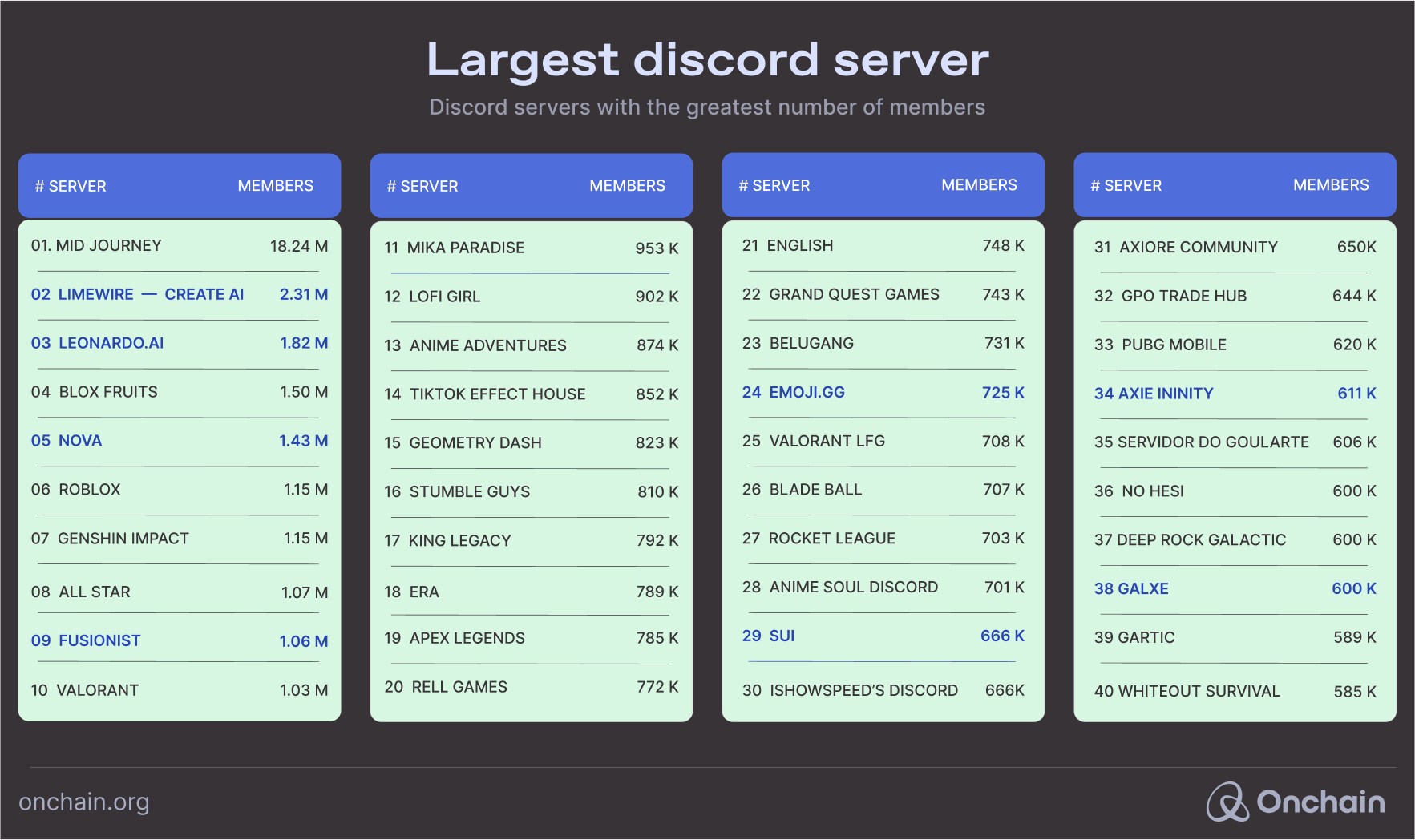
Telegram: Stepping further into Web3
You can see that Discord has successfully allowed Web3 communities to integrate features like token gating and NFTs into its platform through third-party bots. Telegram is taking a more proactive approach to becoming a Web3-native platform.
- Community-driven features and TON blockchain integration: Like Discord, Telegram has seen automated trading (Unibot) and DAO governance introduced by its user base through bots.
Video demonstration: To see how Web3 features can be built in Telegram, watch ‘How to build a Web3 Telegram Mini Game’, where entrepreneurs demonstrate creating a simple clicker game integrated with blockchain elements.
- Telegram’s Web3 app center enables users to seamlessly explore various decentralized applications (dApps), including decentralized exchanges (DEXs), blockchain-based games, and encrypted messaging services. Through TON, Telegram users can access services like the decentralized exchange for token swaps STON.fi, and the blockchain auditing tool Tonk Analyzer, whereby lowering the entry barriers for users new to the Web3 world.
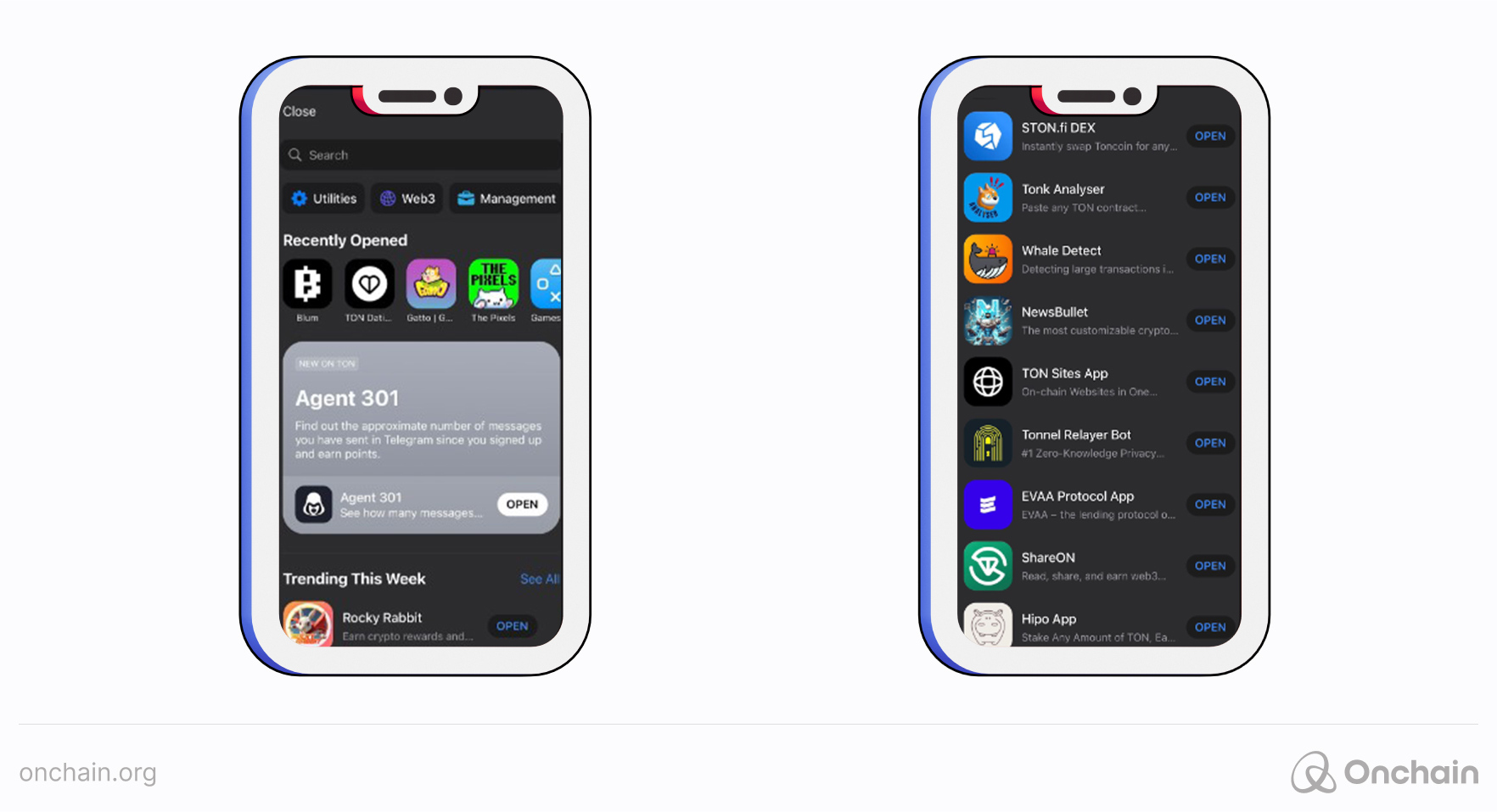
- Moving towards Web3-native: Telegram’s integration of TON blockchain features sets it apart from Discord. Rather than fully relying on third-party solutions, Telegram embeds Web3 functionalities directly into its infrastructure. By doing so, it offers its user base of over 950 million monthly active users a seamless transition into Web3. Users have access to decentralized apps, NFT trading, and blockchain-powered tools within the messaging app’s environment.
- However, as of September 2024, Telegram’s promising Web3 ecosystem is still in its early stages. The available mini-apps are mostly basic and limited to tap-to-earn games like Notcoin, Hamster Kombat, or other simple Web3 applications.
- These early iterations reflect a nascent ecosystem that has yet to fully realize the potential of blockchain and Web3. For now, many of the Web3 features are geared toward incentivizing user engagement rather than offering complex, value-driven applications.
Advice for Web3 entrepreneurs: Now is the perfect time to get in and take advantage of the nascent stage. Why and how? Look beyond basic mini apps and create more advanced, value-driven dApps. Telegram’s evolving ecosystem provides an opportunity to deliver richer Web3 experiences for DeFi, gaming, and DAO governance, etc.
“The future of social media is not in the hands of centralized platforms imposing Web3 features, but in decentralized networks that empower users to truly own their digital identities and content. Discord and Telegram are showing us glimpses of this potential, but I believe the real revolution will come from platforms built on blockchain from the ground up.” – Ambreen Khral, Market Researcher, Onchain
Now you can assess whether this hybrid approach aligns with your goals. If it does, you’ll find more detailed, practical guidance on leveraging Telegram and Discord’s Web3 integrations in chapter five. This will give you the tools to effectively tap into these platforms’ existing user bases while integrating decentralized features.
But what does the future hold when we go beyond these hybrid models? What happens when we dive into the true heart of Web3, where decentralization is not just an add-on but the very foundation? You’ll find out in the next chapter. You’ll also get a basic conceptual and technical understanding of how decentralized social media platforms function.